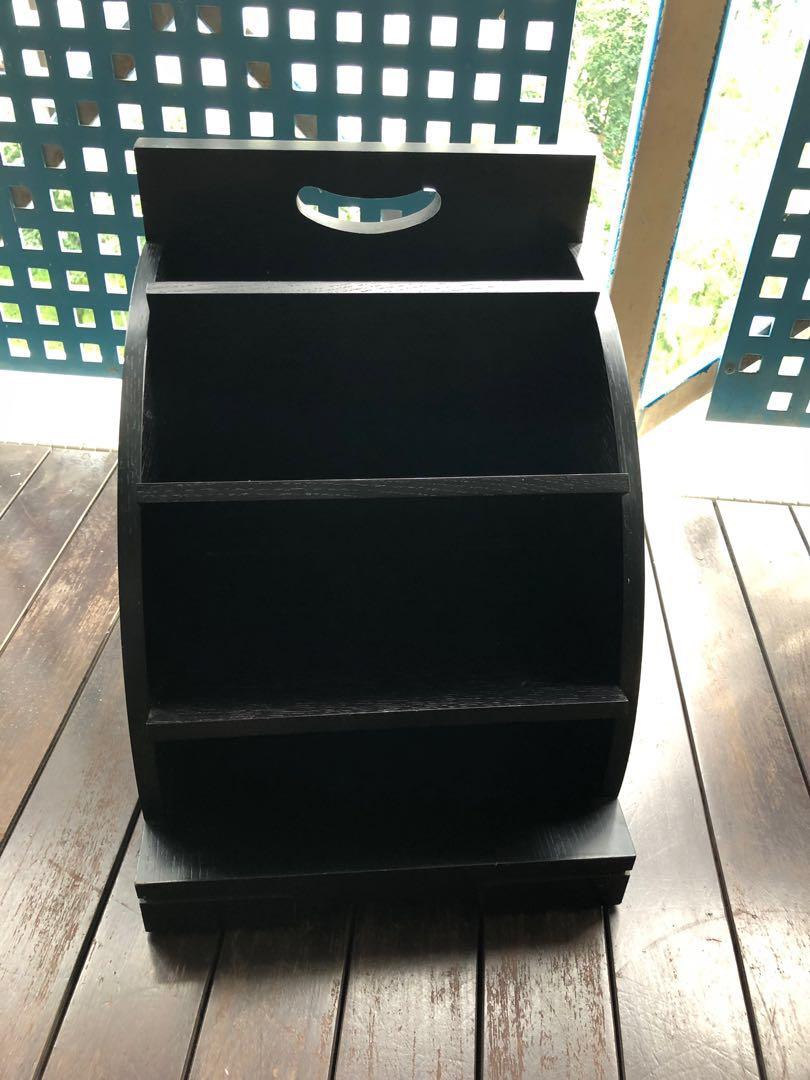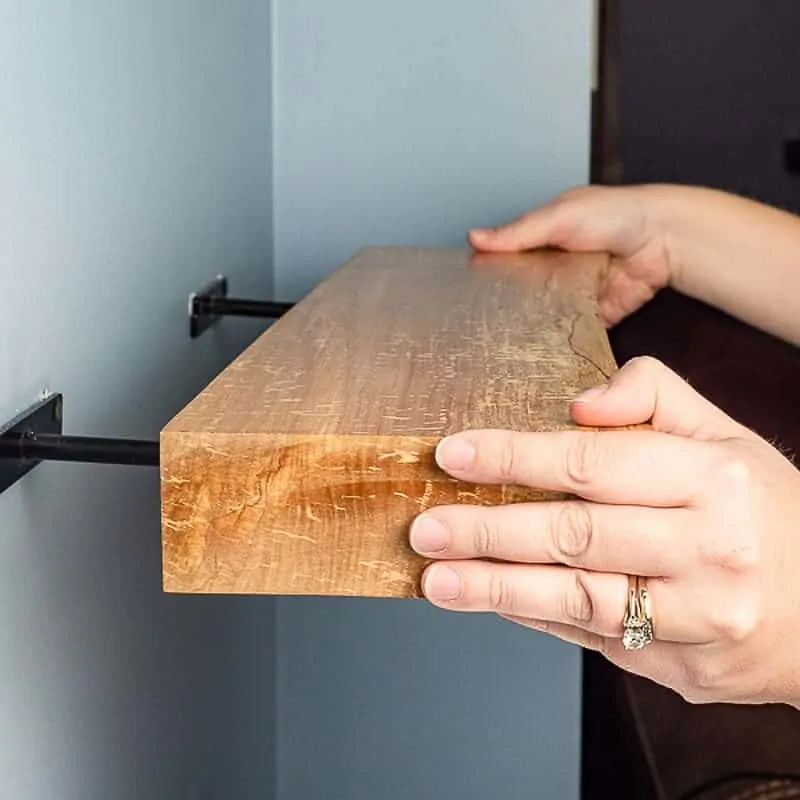
Wooden Magazine Racks That Will Fly Off the Shelves
Let's be honest, magazines are making a comeback. They're the perfect way to unwind after a long day, get inspired by beautiful photography, or dive into a fascinating article. But where do you keep them all organized? A beautiful and functional magazine rack is the answer!
Wooden magazine racks are not only practical, but they can also elevate your home decor. They add a touch of warmth and sophistication to any space, and the natural beauty of wood complements a wide range of styles.
So, if you're looking to add a touch of rustic charm to your home or office, keep reading. We're diving into the world of wooden magazine racks and exploring some of the most stunning designs that will make you say "Wow!"
From Classic to Contemporary: Exploring Different Styles
Gone are the days of boring, generic magazine racks. Today's designs are bold, beautiful, and crafted with intention.
Rustic Charm
Think reclaimed wood, distressed finishes, and a touch of vintage appeal. These magazine racks create a cozy and inviting atmosphere, perfect for adding a touch of warmth to your living room or den. Look for features like:
- Unpolished wood with knots and grains that showcase the wood's natural beauty
- Distressed finishes that give the rack a lived-in look
- Metal accents like iron or brass for a touch of industrial charm
Modern Minimalism
If your style leans towards clean lines, geometric shapes, and a focus on functionality, a modern minimalist magazine rack is perfect for you. Expect:
- Sleek and simple designs
- Smooth, polished finishes
- Materials like walnut or oak that create a sophisticated look
Industrial Chic
Embrace the raw beauty of industrial design with a magazine rack that reflects this aesthetic.
- Sleek metal frames with wooden shelves
- Exposed bolts and rivets for a touch of industrial flair
- A focus on materials like metal and dark-stained wood
Beyond Aesthetics: Choosing the Right Size and Function
While style is important, the size and functionality of your magazine rack should also be top of mind.
Consider Your Space
Think about the area where you plan to place the rack. Do you have a small bookshelf or a spacious entryway? Measure the space before you buy to ensure a perfect fit.
Think About Your Magazine Collection
Are you a magazine hoarder or a minimalist? The size and design of your magazine rack should reflect your reading habits. Choose a rack that can comfortably hold your magazines without feeling overcrowded or too sparse.
Vertical or Horizontal: What's Your Preference?
Vertical magazine racks are ideal for saving floor space and adding a touch of height to a room. Horizontal magazine racks, on the other hand, are perfect for displaying magazines in a more casual and accessible way.
Crafting a Unique Piece: The Charm of DIY
Love working with your hands and unleashing your creativity? Creating your own wooden magazine rack is a rewarding experience. Here's a step-by-step guide to get you started:
Materials You'll Need
- Wooden boards (consider reclaimed wood for a rustic look)
- Wood glue
- Screws and nails
- Sandpaper
- Wood stain or paint (optional)
- Measuring tape
- Saw
- Drill
- Clamps
Instructions
1. **Plan Your Design**: Sketch out your desired magazine rack. Consider the dimensions, the number of shelves, and the overall style.
2. **Cut the Wood:** Use a saw to cut the wood boards to the desired lengths and widths.
3. **Assemble the Rack:** Use wood glue and screws or nails to assemble the sides, shelves, and base of your rack.
4. **Sand and Finish:** Sand the rack smooth and apply a wood stain or paint to achieve your desired finish.
Voila! You've crafted a unique and personalized magazine rack that adds a touch of character to your home.
Finding the Perfect Fit: Where to Buy Wooden Magazine Racks
Ready to bring your magazine organization dreams to life? You'll find a wide variety of wooden magazine racks online and in local stores. Here are a few popular destinations:
- **Amazon:** A vast selection of wooden magazine racks in various styles and price points.
- **Etsy:** Support independent artists and makers by exploring their unique and handcrafted magazine racks.
- **Wayfair:** Find a wide range of styles, from modern to rustic, and enjoy free shipping on many items.
- **Local furniture stores:** Discover hidden gems and get personalized recommendations from knowledgeable staff.
Frequently Asked Questions
What kind of wood is best for magazine racks?
Hardwoods like oak, walnut, and maple are durable and resistant to scratches and dents. Pine is a more affordable option, but it can be softer and more susceptible to damage.
How do I clean a wooden magazine rack?
Dust your rack regularly with a soft cloth. For deeper cleaning, use a mild soap and water solution, then wipe it dry.
Do I need to seal a wooden magazine rack?
Sealing your rack will help protect it from stains, spills, and moisture. Use a sealant designed for wood and follow the manufacturer's instructions carefully.
There you have it! With a little research and inspiration, you'll find the perfect wooden magazine rack to keep your favorite publications organized and on display. Happy reading!








